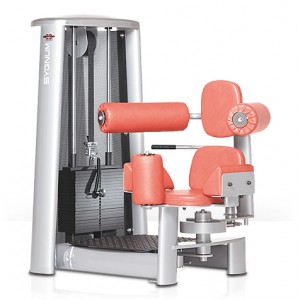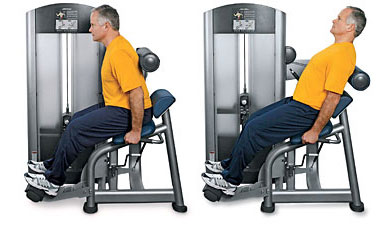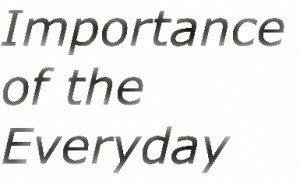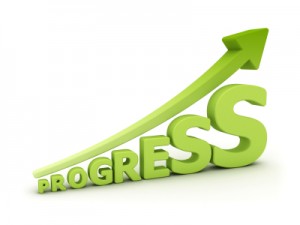And it’s not from what you might think.
Data suggest law enforcement officers such as police are at greater risk of certain diseases (e.g. diabetes, cardiovascular disease) and premature death, at a rate higher than the general public.
In fact, a Virginia Municipal Group Self Insurance Association (VMGSIA) study found that officers lived, on average, only 2-5 years past their retirement.
Not an exciting prospect, is it?
All those years of service and only a few years to enjoy the fruits of your labor.
This exceedingly high illness, injury and death rate was attributed to a lack of personal and agency fitness and wellness programs. Many of the injuries and illnesses were considered to have “modifiable risk factors” where the health conditions and related costs could be controlled and minimized.
At this point, you’re probably thinking “what can I do about it?”
The short answer: take a proactive approach and modify your risk factors.
While it would be impossible to remove all the risk factors (e.g. shift work, exposure to various environments, and on-the-job stress like chasing armed bandits) you can definitely put yourself in the best position to manage the ones you do face.
This would make it less likely that your retirement will be cut so tragically short.
What does that mean for you?
That means you’ll need to not only get in, but stay in, the best physical shape possible. You’ll need to improve your endurance, strength, power and athleticism. You’ll need to learn how to bend, twist, and move efficiently. You’ll need to manage your daily stresses so that your body can recover. You’ll need to prevent injuries before they happen and resolve the ones you currently have so they don’t get worse or put you at risk.
You will need to become the one in charge of your body, so it does what you need it to do, when you need it to do it.
If you’re not sure where to begin, we can help you!
As a high performance sports medicine and physiotherapy clinic in Woodbridge, we have significant experience working with emergency service personnel such as members of the Toronto Police Service and the Toronto Fire Service. We understand the specific physical job requirements that ensures you make it home safely at the end of your shift.
If you’re interested in finding out how our specialized programs for emergency service personnel can help you, contact us today!
Yours in movement,
Team Primal











(inside Peak Performance Golf)